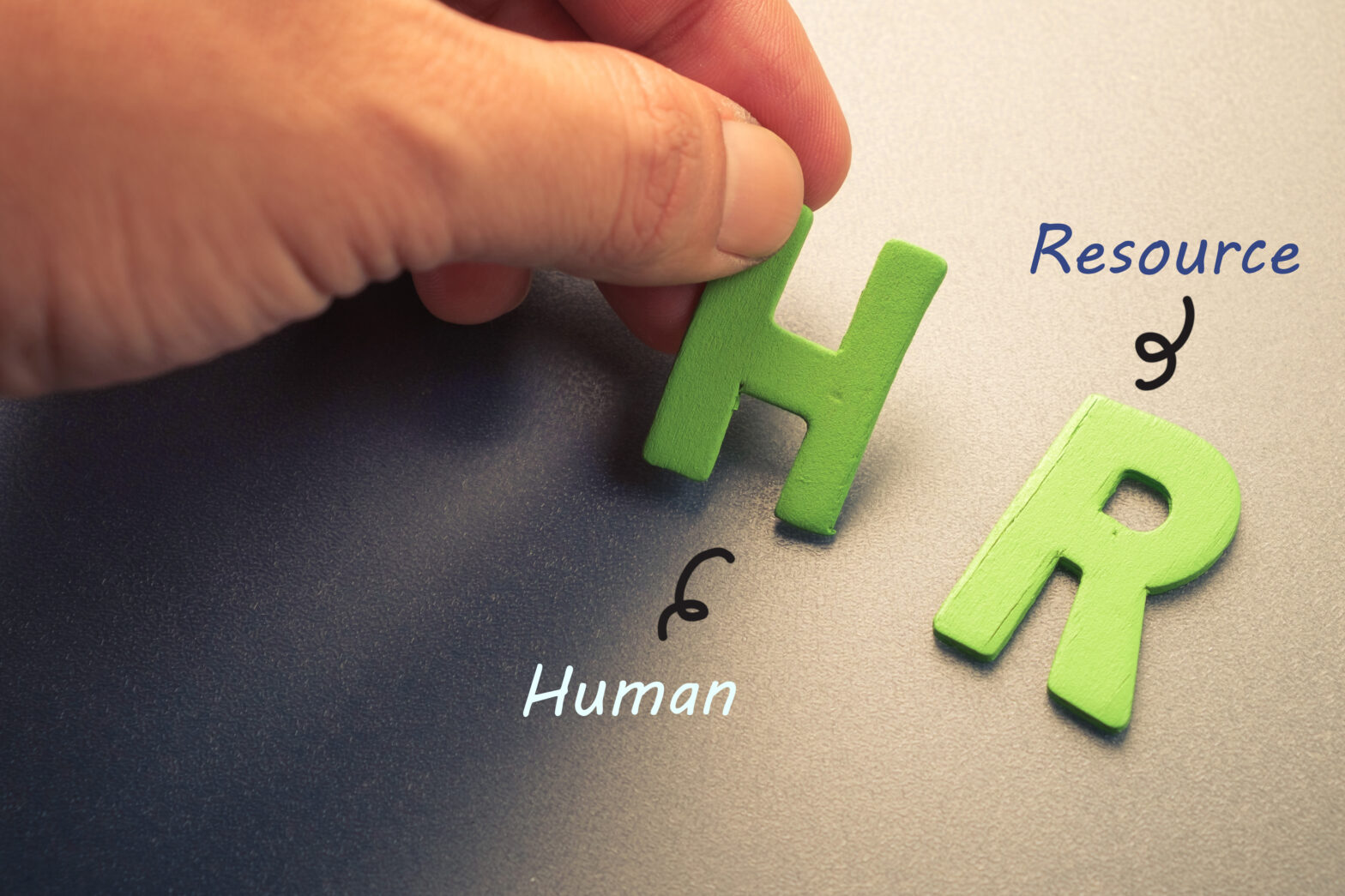Last Sunday (10 May), Boris Johnson announced that some employees would be returning to work this week.
The divisive move has caused outrage among unions and employees who are worried about contracting coronavirus.
Some have refused to come in, citing Section 44 of the Employment Rights Act 1996.
What is Section 44?
Section 44 of the Employment Rights Act 1996 applies to every employee but not self-employed contractors. If an employee has a reasonable belief of ‘serious or imminent danger’ to their health and others around them, they can refuse to work on the grounds of Section 44.
They could refuse to work by staying at home, walking out of the workplace or by choosing not to do certain tasks.
We speak to lawyer Matthew Chandler, employment solicitor at A City Law Firm to find out what you should do if employees won’t come to work.
What if an employee refuses to return to work citing Section 44?
Employers should be aware that they have a duty to provide a safe work environment for employees.
They should be looking at doing coronavirus-specific risk assessment. The government have provided guidance to employers, for example keeping a two-metre distance.
Employers should have conducted a thorough risk assessment already. It might also be worth reviewing their written health and safety policy. They should have one if they have more than five employees. They should also assess whether they can supply safety equipment for employees.
So:
- Have you done a risk assessment?
- Have you communicated with your employees about the steps taken?
- Have you thought of creative ways to adapt the workplace to make sure it is safe for employees?
We’re going to be seeing a lot more Section 44 complaints coming into play. For employers, it’s hard – it doesn’t prescribe what’s expected. In short, employees shouldn’t expect detriment if they bring health and safety worries to the employer’s attention.
If the matter isn’t handled carefully, it could lead to claims of constructive dismissal or unfair dismissal. The law will be looking at the belief of the employee. Coronavirus is enough to classify as a danger and a reason not to return to work.
>See also: Health and safety checklist for small businesses: 9 things you need to do
Employers were given short notice of reopening following the Prime Minister’s announcement. What if they haven’t had time to conduct a risk assessment?
Yes – some employers were only given 24 hours. However, in most cases, employers should be doing risk assessments fairly regularly anyway. Coronavirus has been going on for months, they should have considered this an issue for when employees eventually come back. It could be the case that employees don’t return until the employer has done this risk assessment.
If they haven’t done one, employers should consider who they are asking to come into work and if it’s safe to so.
What if an employer couldn’t access their workplace when we were in stricter lockdown to make a more accurate judgment?
I think they should have done a risk assessment of sorts at the beginning of the outbreak. If you couldn’t do a risk assessment during lockdown because you couldn’t access your building, then your safety standard will be based on reasonable grounds.
Would you be happy to do what you’re expecting your employees to do?
The Health and Safety Executive (HSE) will be doing spot checks to ensure that workplaces are safe for staff. What would happen if they deemed the conditions in a working environment ‘unreasonable’?
If a spot check is done and your workplace is not safe, and you can’t say you’ve taken reasonable action, then the HSE can issue a sanction.
If the employer doesn’t have funds to provide safety equipment, then is it safe for an employee to return to work? That’ll be a matter for the employer and the employee.
An employer will have to balance keeping its doors closed versus trying to create a safer working environment for employees. It’s not clear-cut and it’s different for every business.
Read more
How to reopen your small business post lockdown – what we know so far





